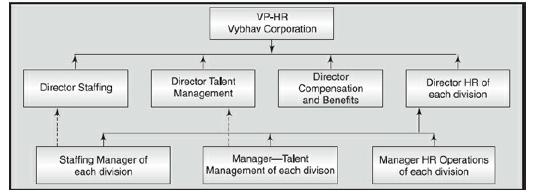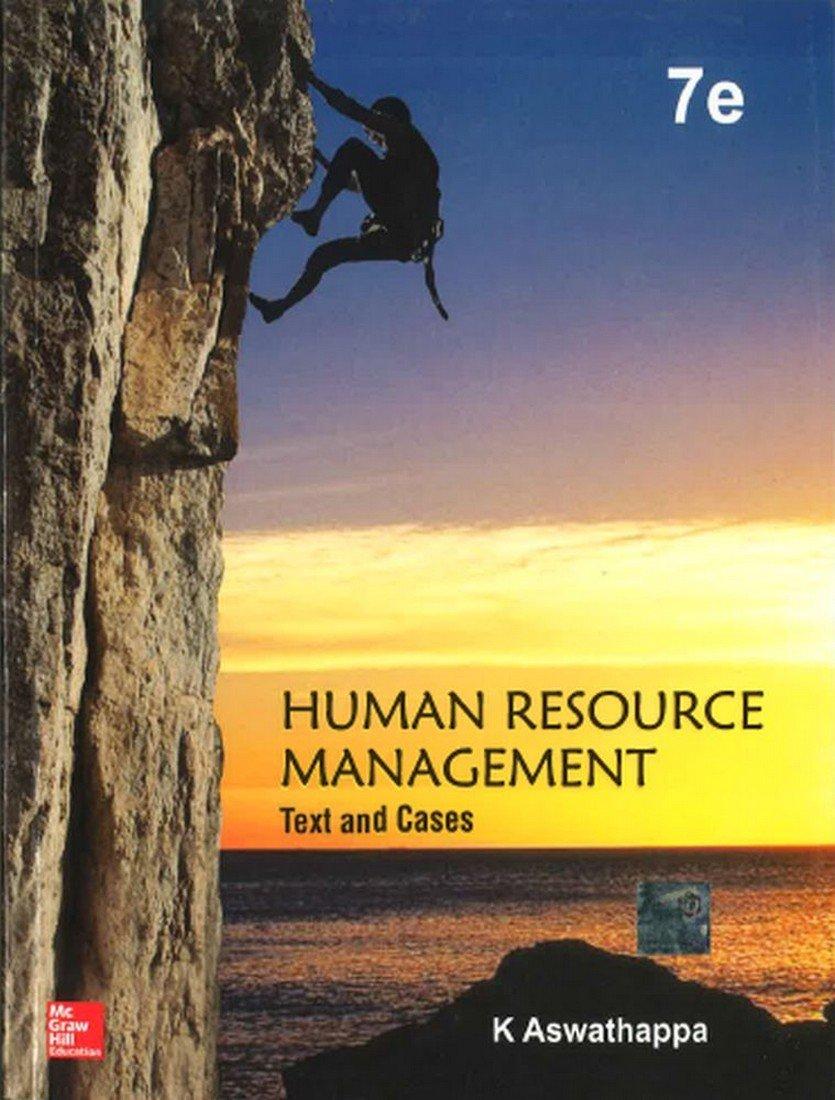Vybhav is a large 23-year-old Indian MNC with presence in 13 countries and a global workforce of
Question:
Vybhav is a large 23-year-old Indian MNC with presence in 13 countries and a global workforce of 26,000. As a diversified corporation, Vybhav operates in four distinct industry verticals: telecommunication software technology products, consumer retail, consumer electronics and telecommunication services. The organisation structure evolved over the years, including three formal restructuring exercises in the last 10 years. Till ten years ago, the four business verticals operated as independent units with their own business strategies, and completely decentralised operations with hardly any crossdivision interactions. The founders of Vybhav ran the businesses like any other traditional family business and ten years ago decided to hand over the management of the Vybhav corporation to a team of professionals. Thus was born the Vybhav Corporate Function, headquartered out of Mumbai and entrusted with driving a common vision-mission across Vybhav Divisions.
One of the first tasks of the new CEO, Ravinder G, was to build the corporate team with skills as diverse as the company’s businesses. The agenda he set for himself was to hire his core team of VP’s who would partner with him to build the corporate strategy for Vybhav. Ravinder set out two clear objectives for himself for the next six months: (1) To hire and build the corporate team of VP’s, and (2) To understand the four business verticals and the unifying strategies that would bind them to a common vision.
Ravinder prioritised filling the VP-HR position first. Having a VP-HR would make it easier for him to hire the rest of the top management team.
Three months later, Renny Joseph was hired as the VP-HR. Together they spent time understanding the business, the strategy for future growth and success of Vybhav as a single entity.
For Renny, the HR challenges came in the form of each division having its own HR team with a GM/Director-HR and team sizes of 12 to 20 below them. Each had independent HR philosophy and policies that guided the organisation in line with the prevalent industry practices. The focus for Renny was to first understand each of the businesses and document the social, organisational and functional objectives of the HR teams.
Over a period of 12 months and with deliberate and often mandatory HR team meetings and offsite training and events, Renny was able to get the teams to accept and absorb best practices across divisions and the seed for one Vybhav entity thinking was sown. One of the first challenges for Renny was to handpick the HR corporate team with a good mix of internal and external talent. Having the internal HR talent provided the related knowledge base on existing HR practices and the justification for them. The external talent brought with it the best HR practices in similar MNC conglomerates.
The structure that first evolved as version 1.0 of the HR team was as shown in the figure given as follows.
EXERCISE
Break out in groups of two. Each pair needs to identify and adopt an existing company that has a reasonably well structured corporate website. Have a registration process whereby there is no redundancy. Look for recent new articles and write about the company on the net/in the print media, to get an understanding of the company’s business, goals and objectives.
Now try and answer the following questions:
1. How is the company structured and how is the HR team in this company structured?
2. Why do you think the HR team is structured this way?
3. Speculate possible challenges that the HR team in this business is confronted with on the talent front.
Step by Step Answer:






